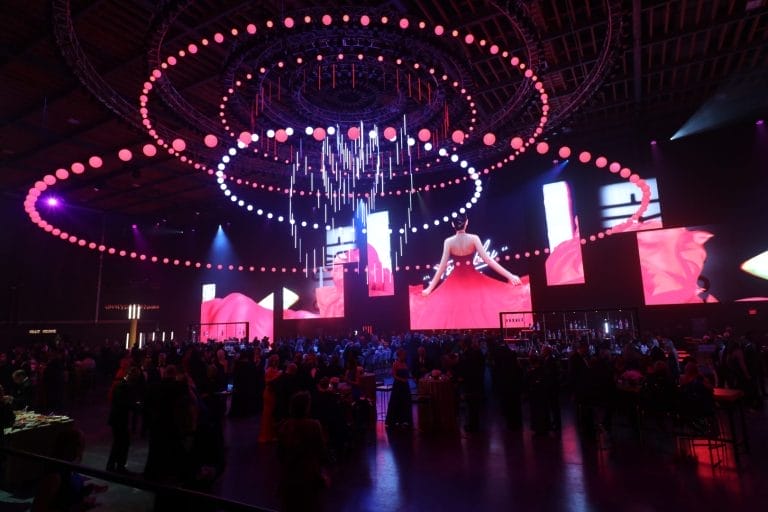
Assembly Studios Gala: A Grand Opening, Engineered to Impress
Pixel Pitch is the distance in millimeters between LED pixels on a LED panel. The lower the pixel pitch, the higher the resolution. The higher the pixel pitch, the lower the resolution.
Since pixel pitch indicates the amount of space between two pixels, a smaller pixel pitch means there is less empty space between pixels. This equates to higher pixel density and improved screen resolution. The lower the pixel pitch, the higher the resolution. The higher the pixel pitch, the lower the resolution.
A 2.6mm wall is a higher resolution, where as a 5.8mm is a lower resolution.

Pixel Pitch is important because it influences the optimal viewing distance for your display. The pixel pitch number helps determine the minimum distance required between the viewer and the LED to see the image as intended.
An image achieves smoother borders and finer detail with lower pixel pitch values. This allows the viewer to stand closer to the screen and enjoy a clear image without the distraction of discerning individual pixels.
When determining viewing distance and pixel pitch, the rule of thumb is that a smaller pixel pitch allows for a closer viewing distance. Conversely, a higher pixel pitch elongates the minimum viewing distance. The optimal viewing distance is typically 2-3 times the pixel pitch number in meters.
For example; A 2.6mm pixel pitch is better for shorter viewing distance, while a 5.8mm pixel pitch is appropriate for further viewing distances.
While higher pixel density delivers improved visual quality, it is not the ideal option for every situation. Additional pixel density is intended for a closer viewing distance. At a greater viewing distance, higher pixel density loses its visual advantages and simply increases the cost of the display.